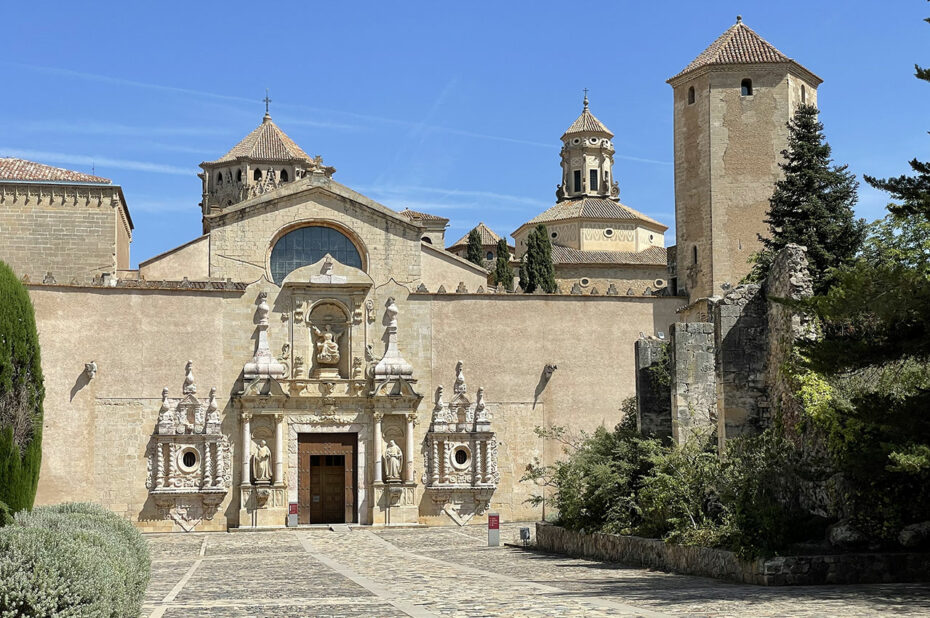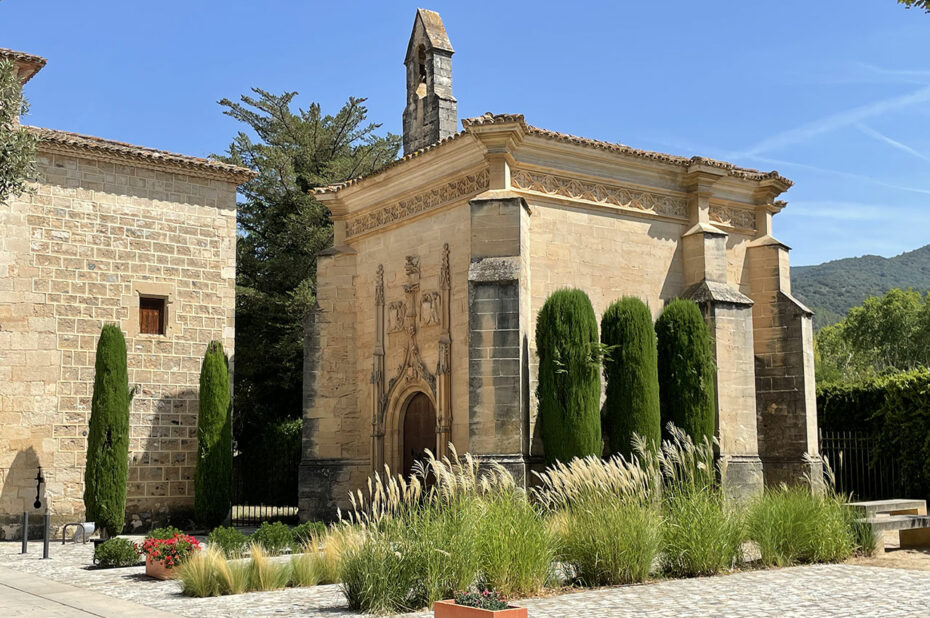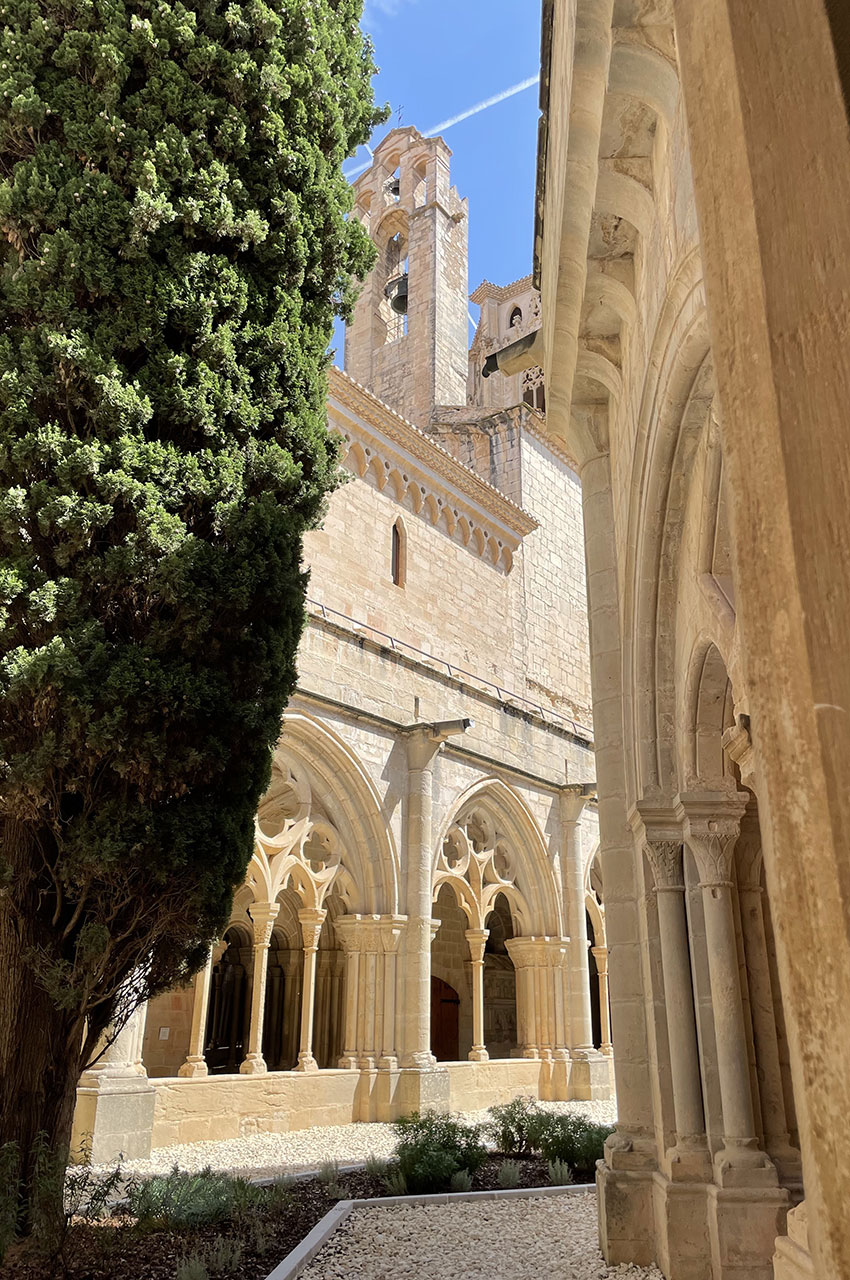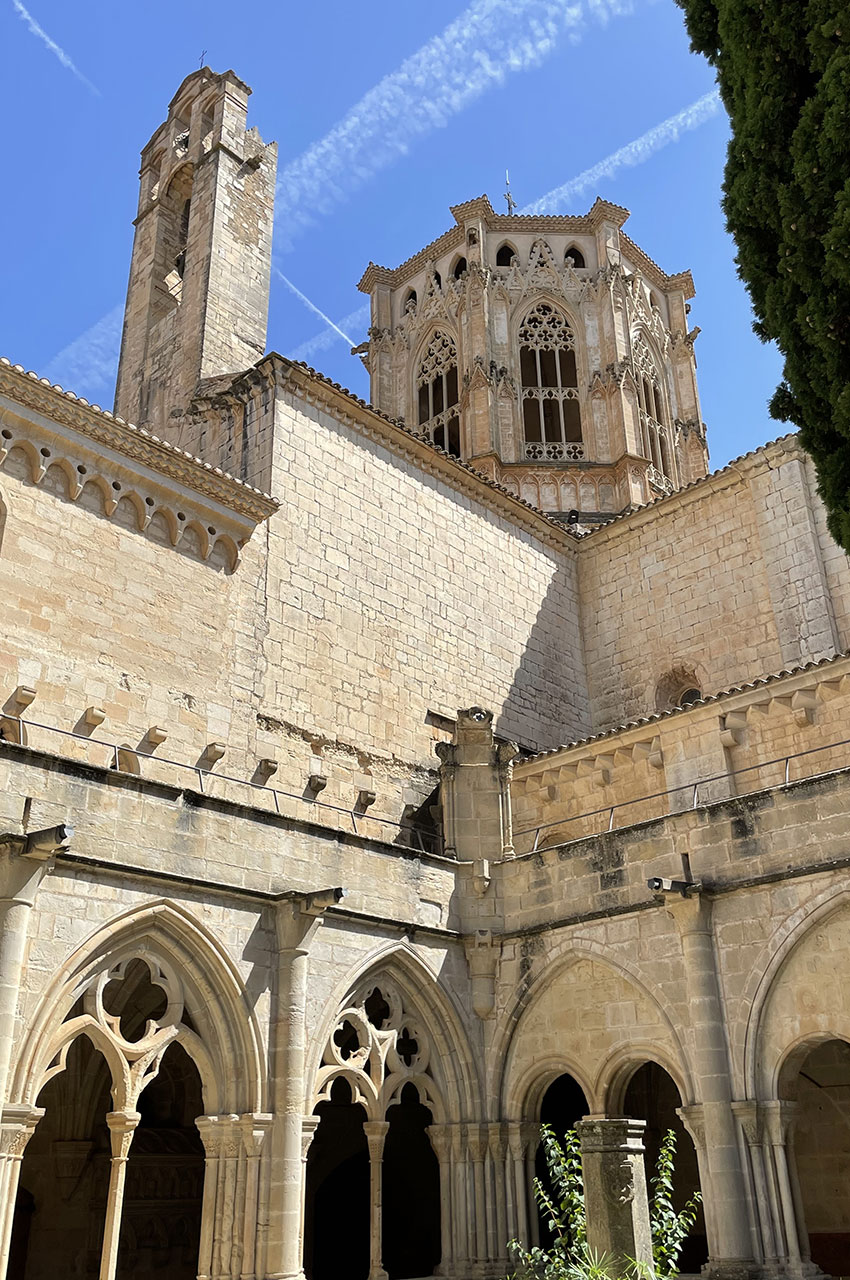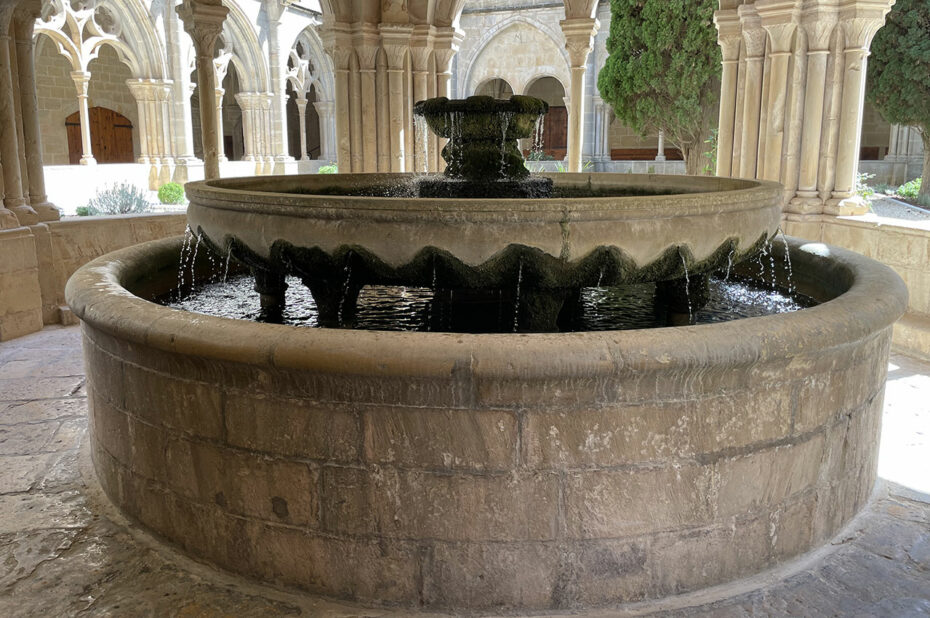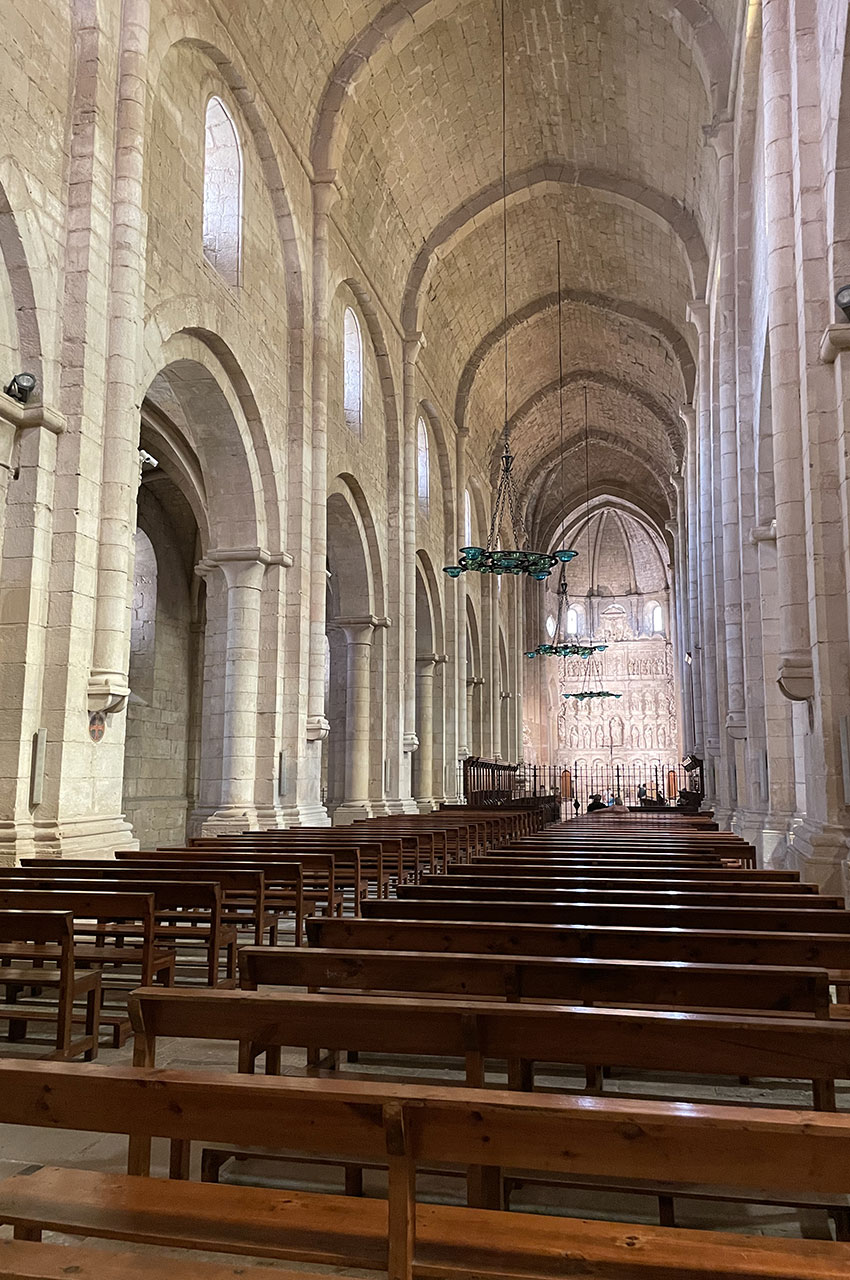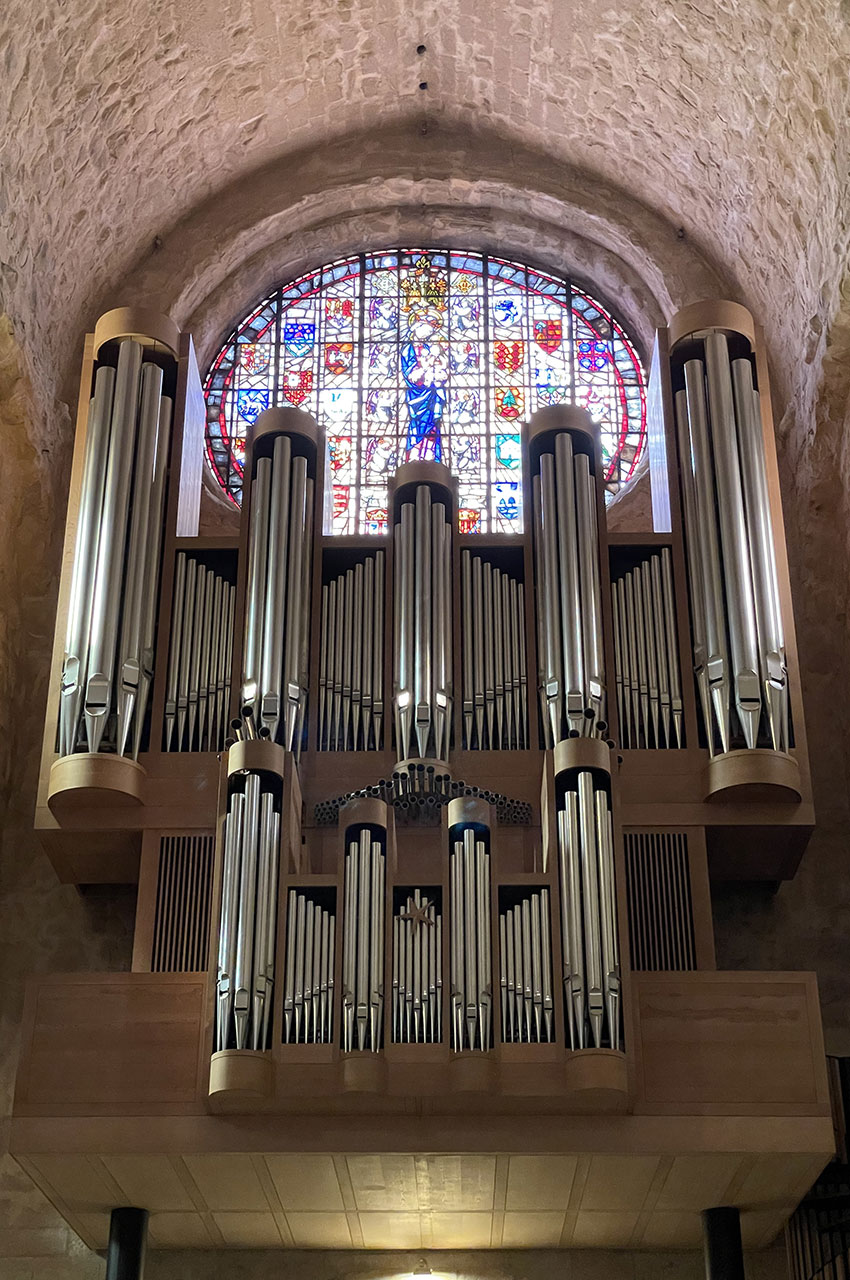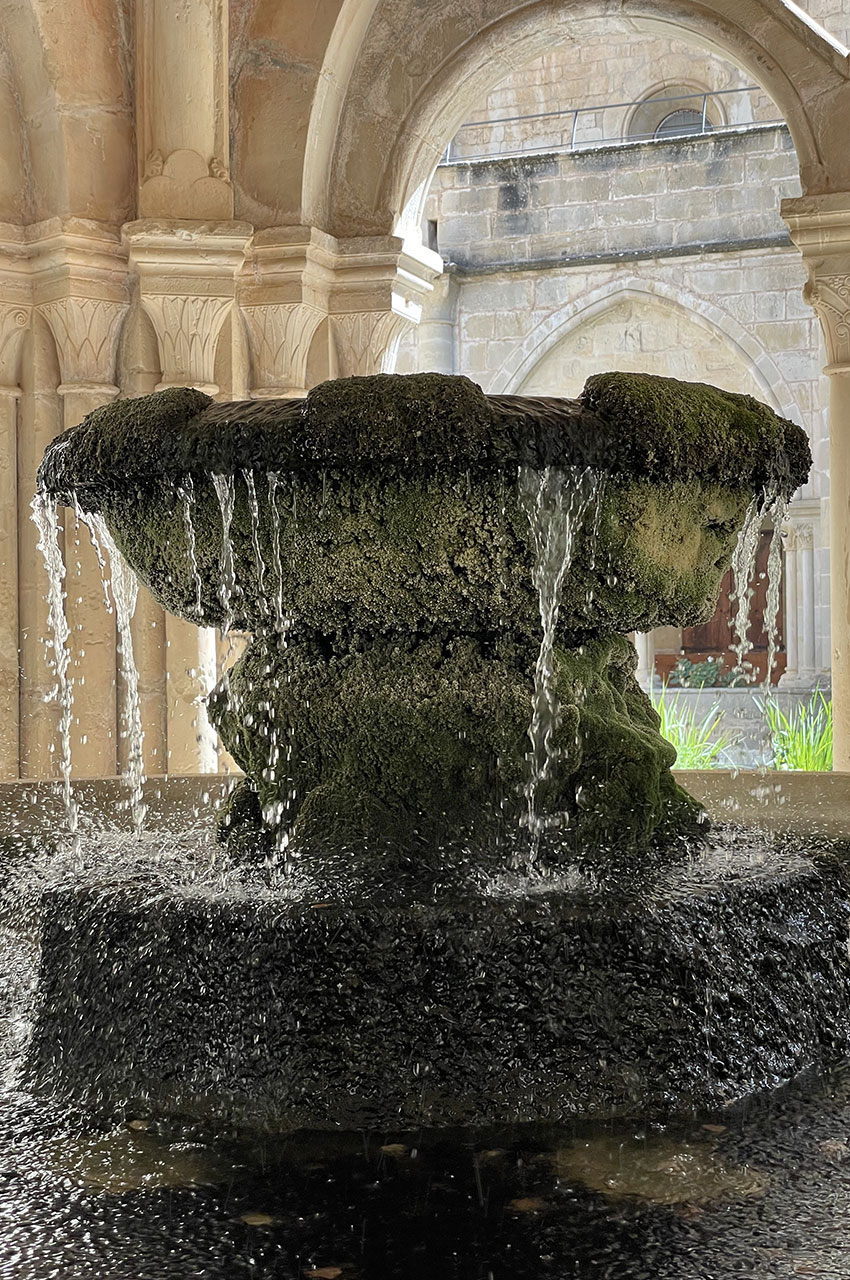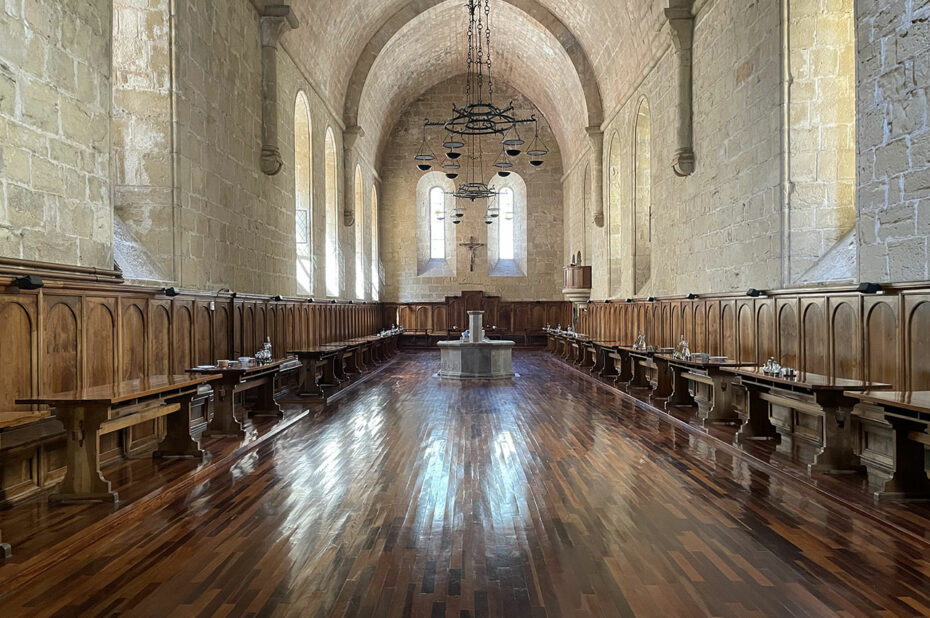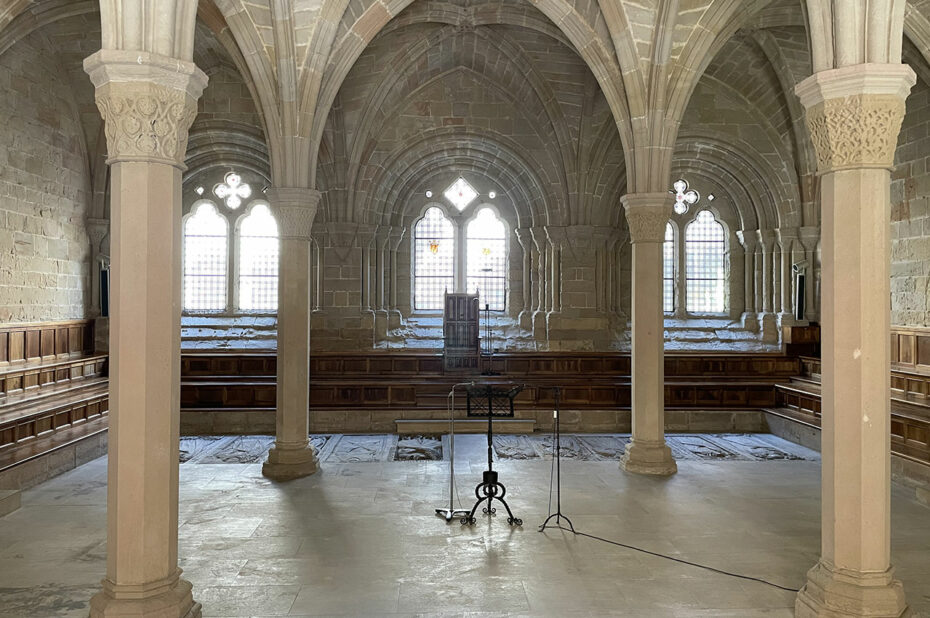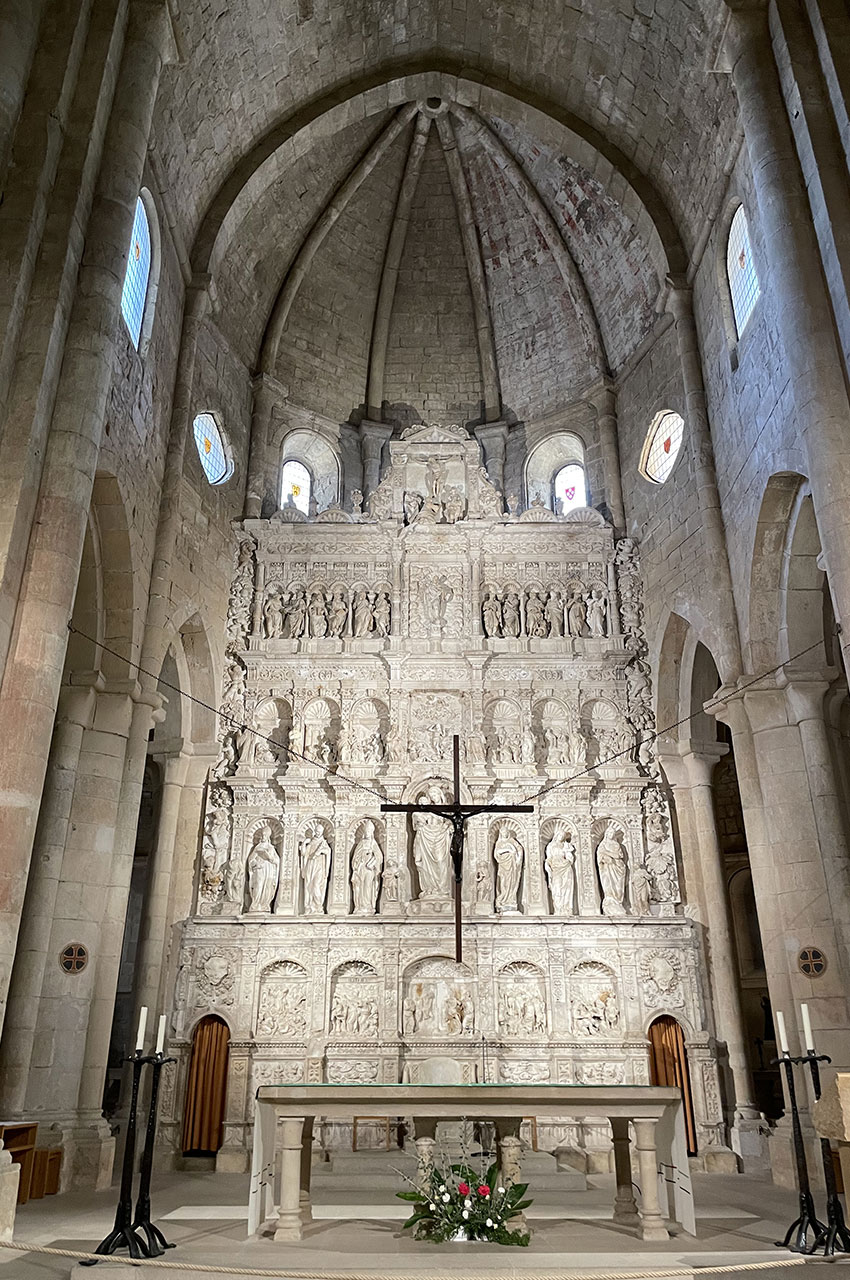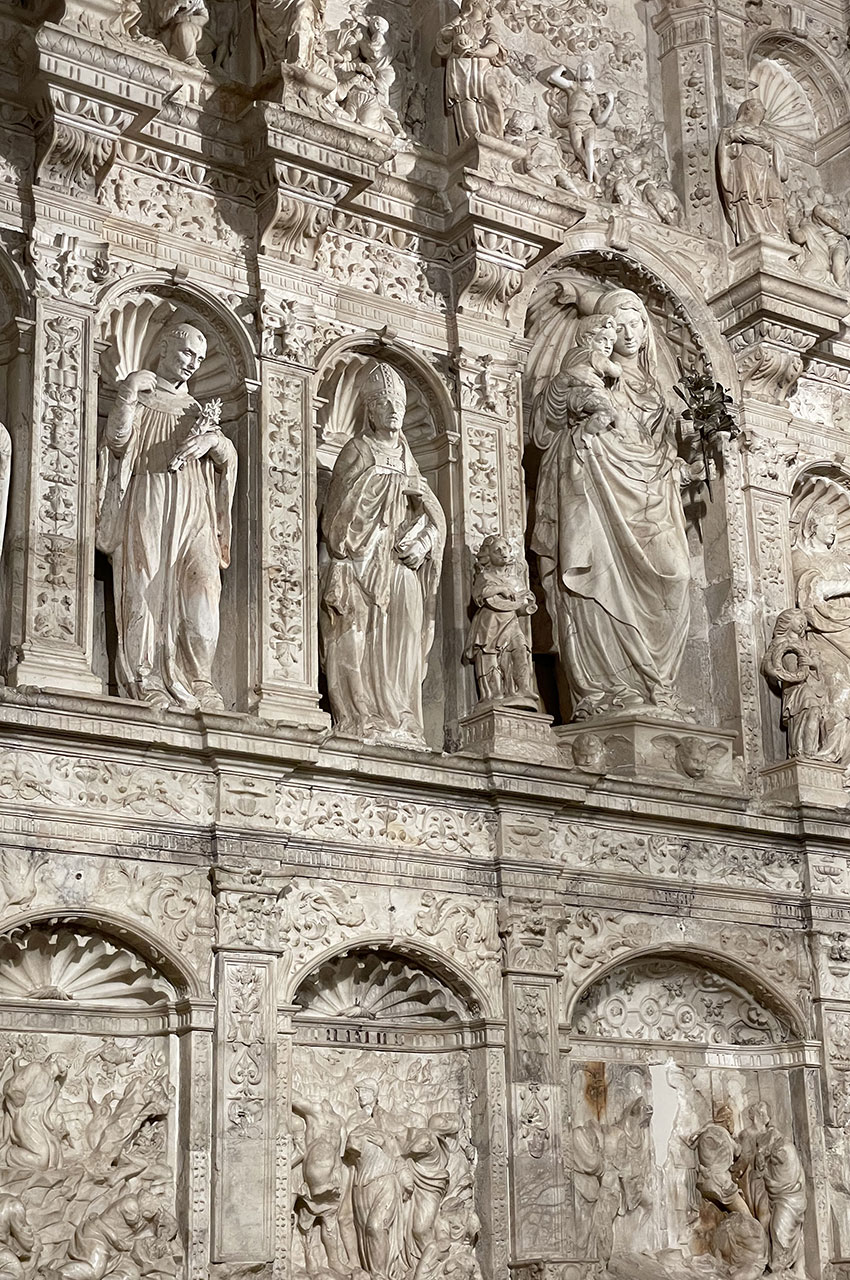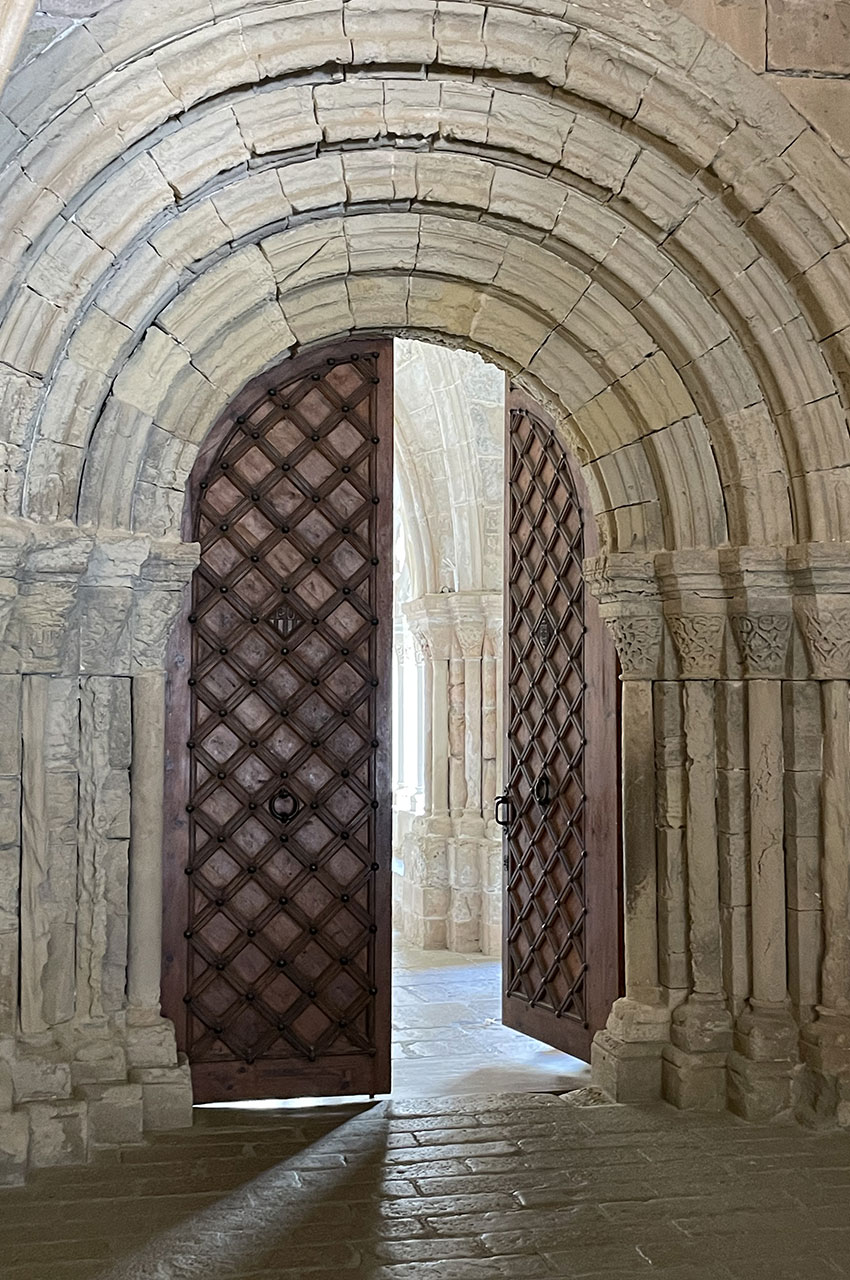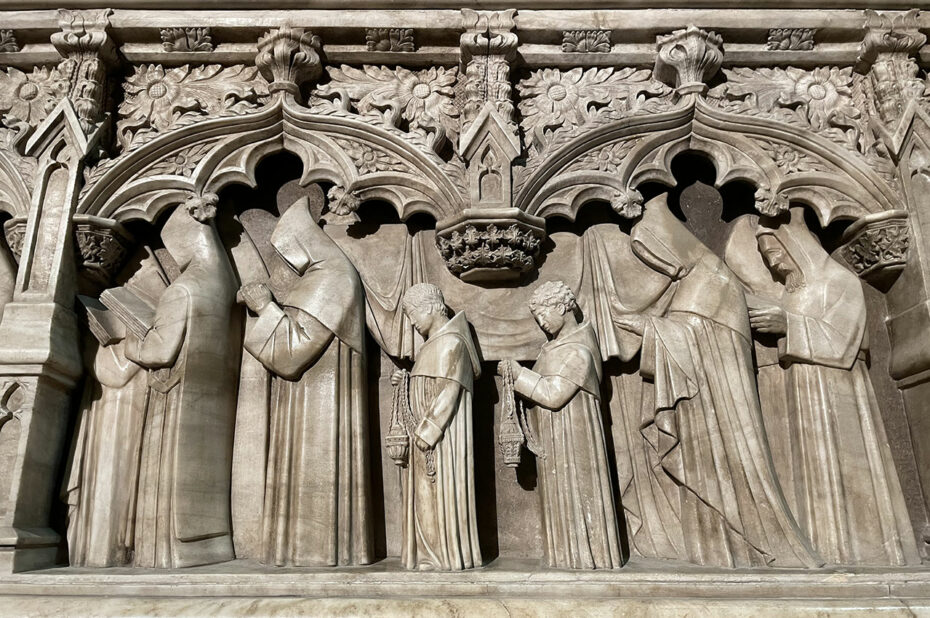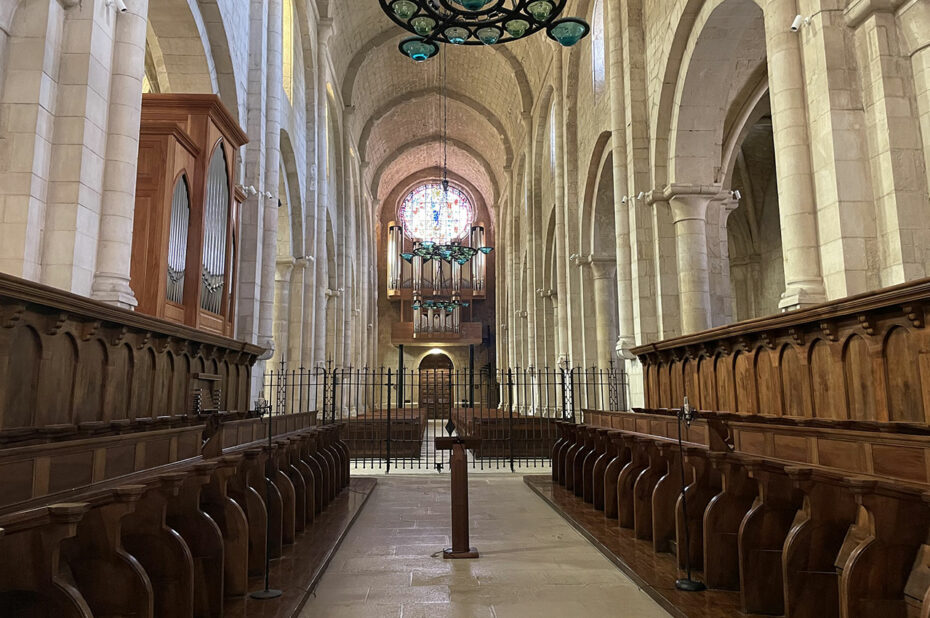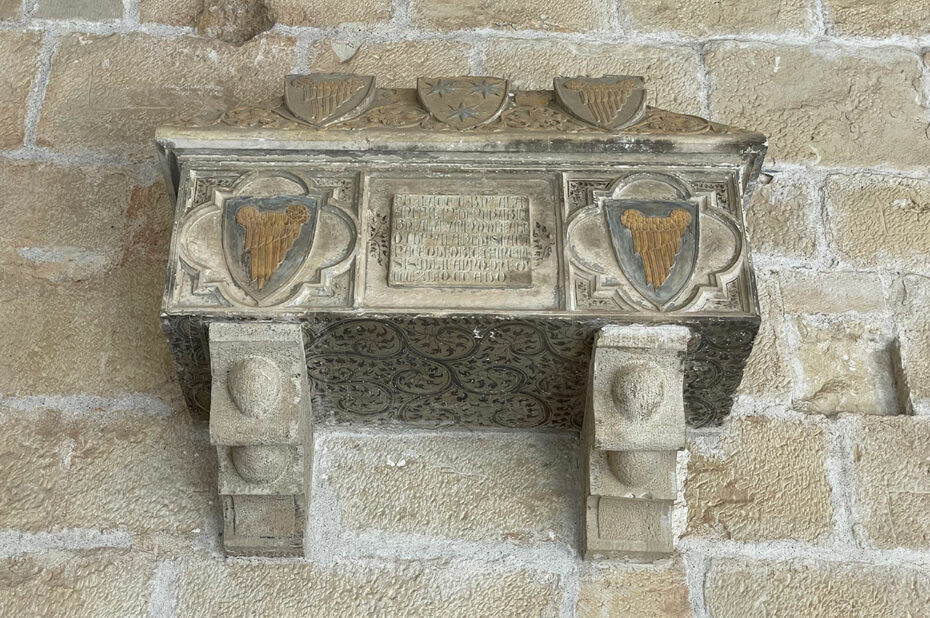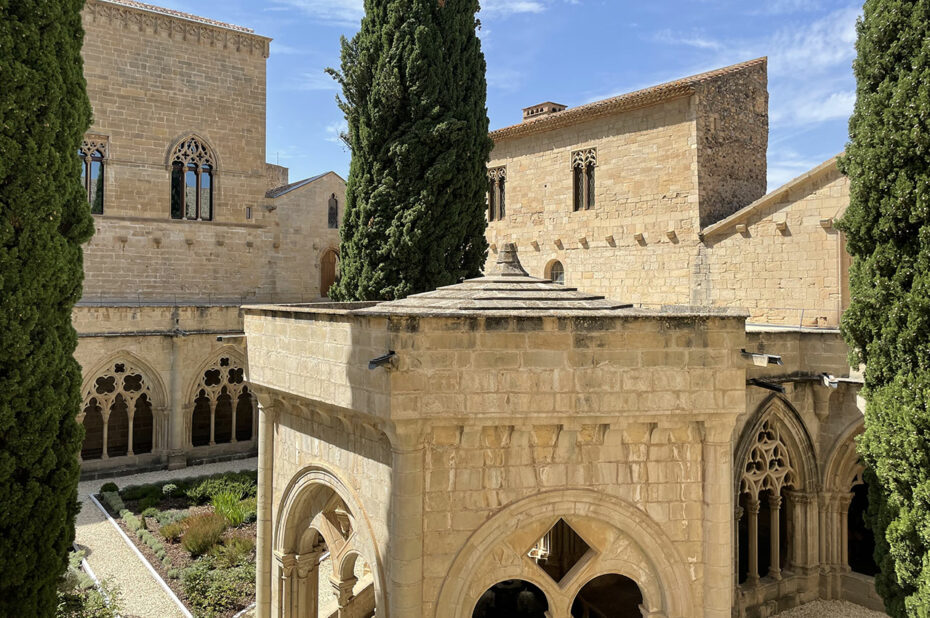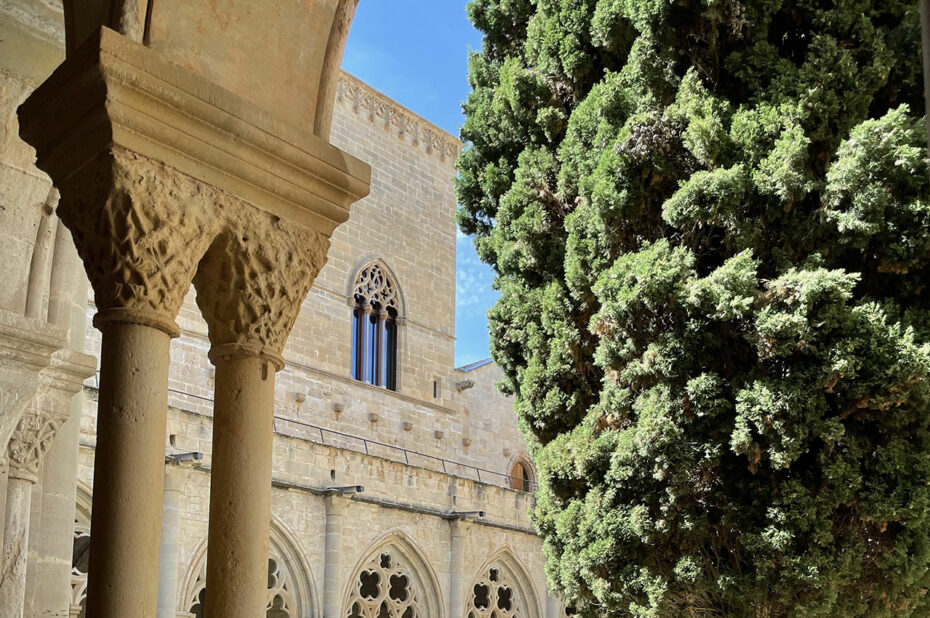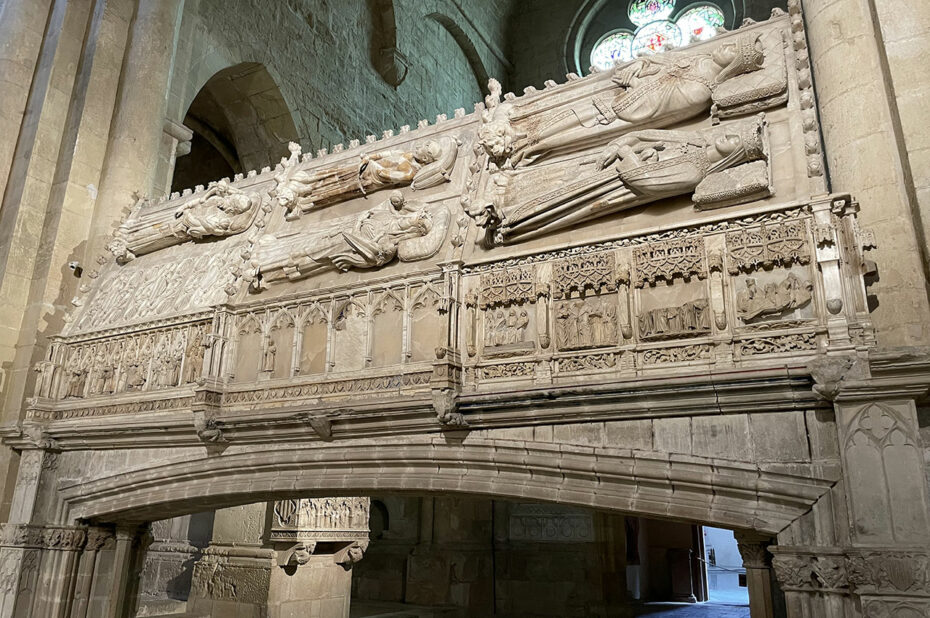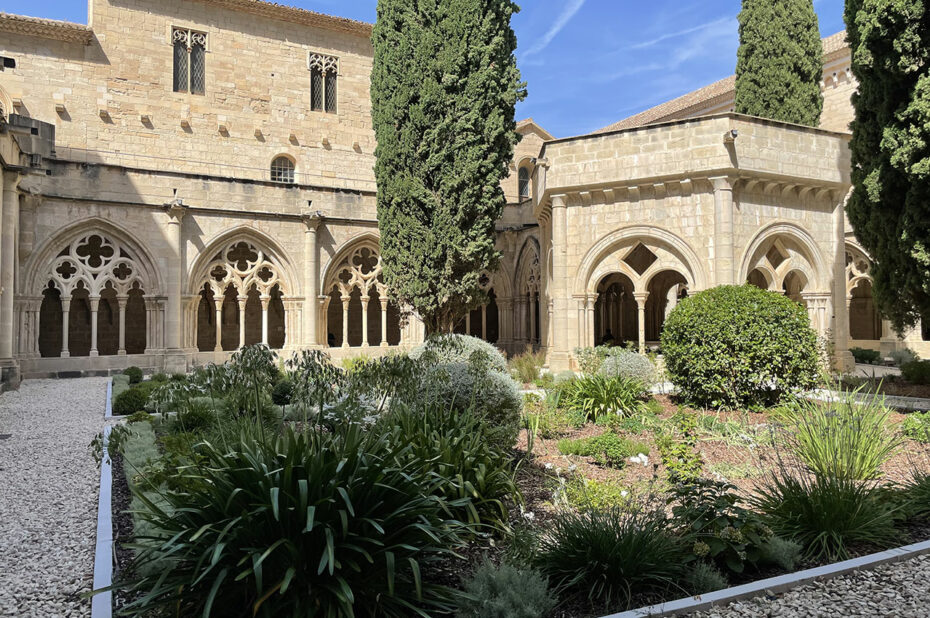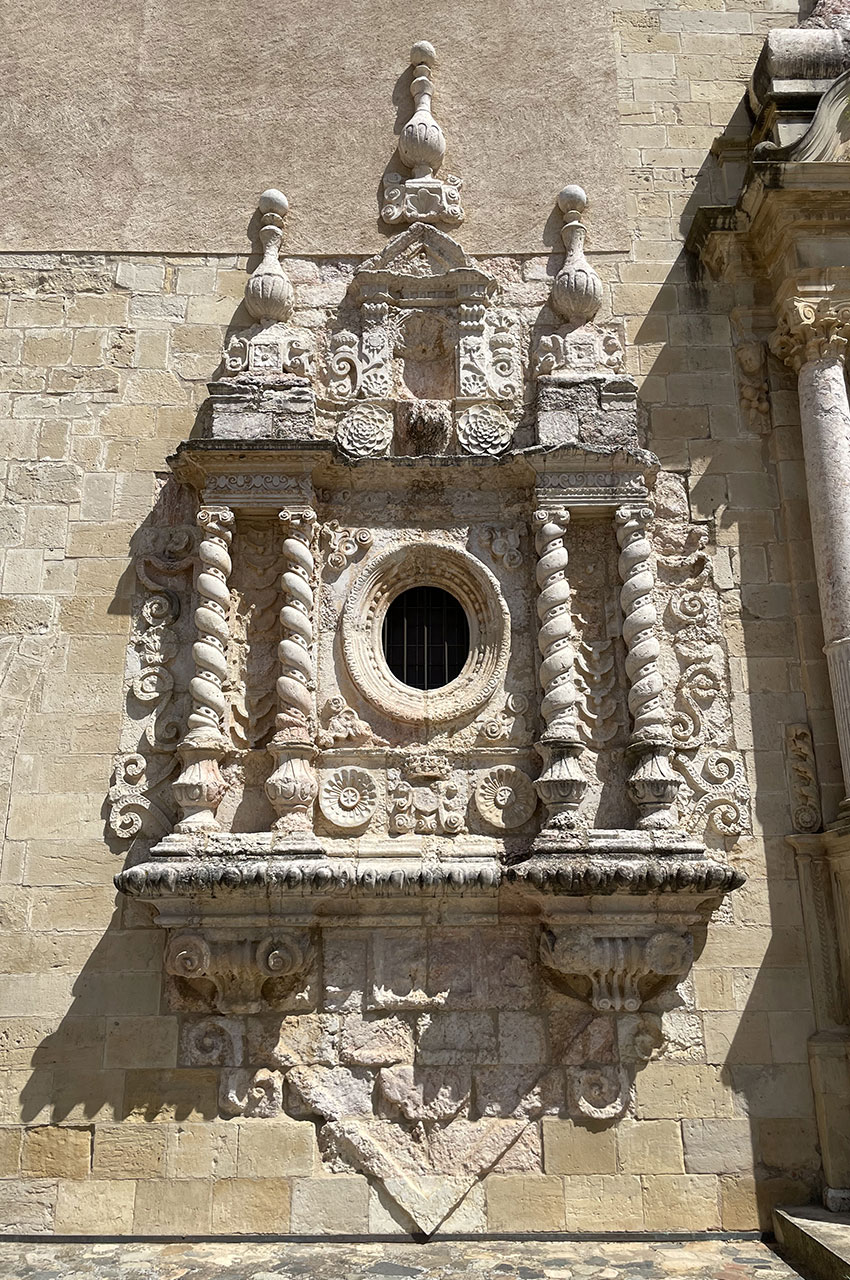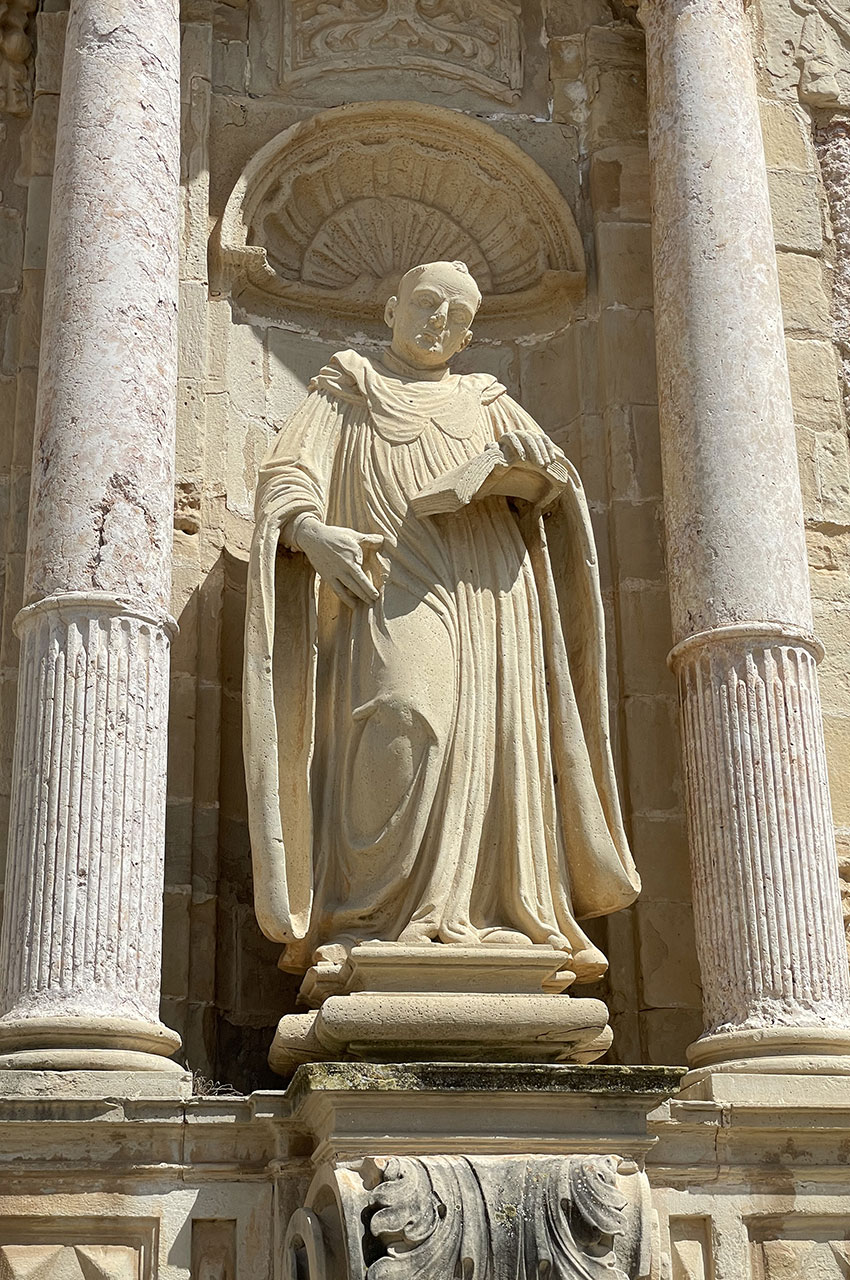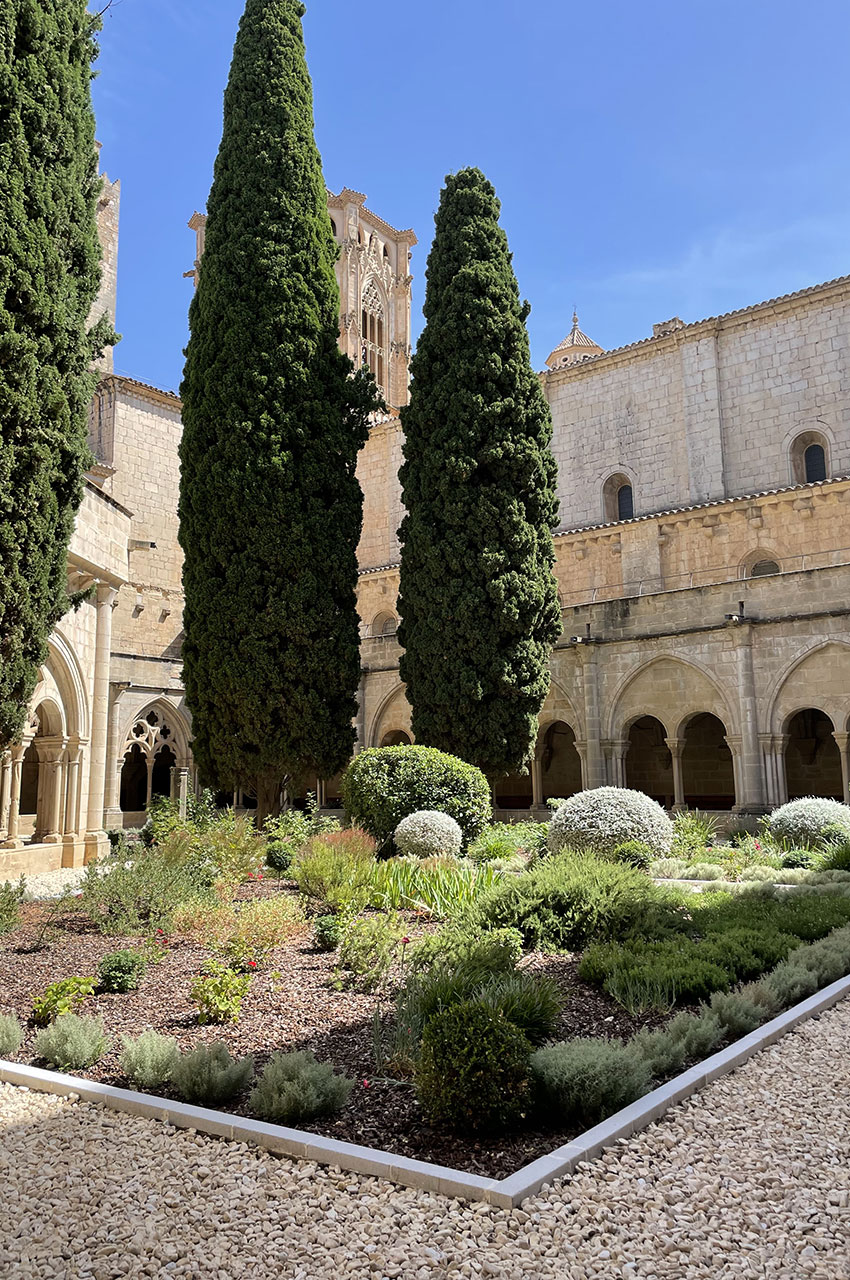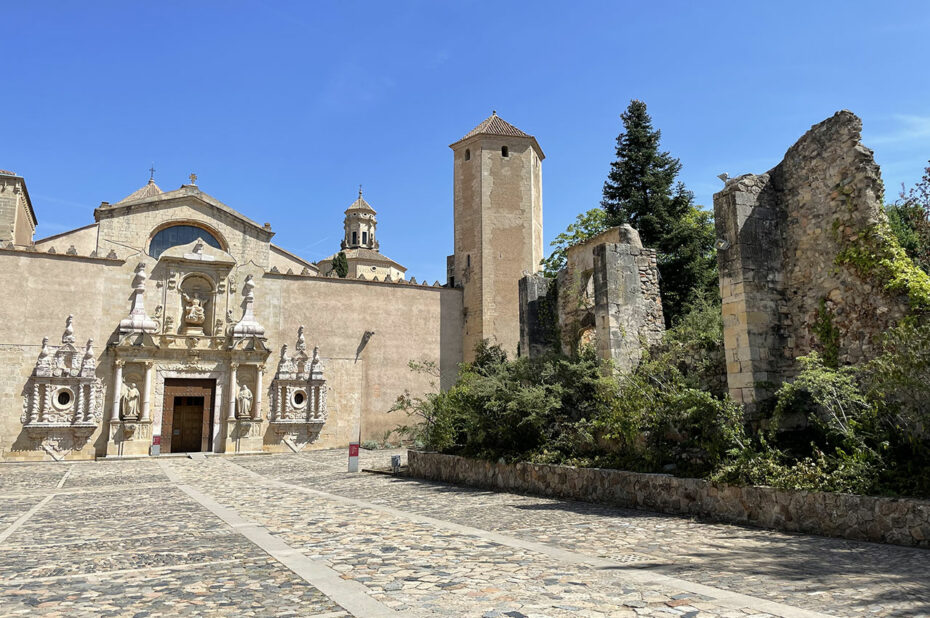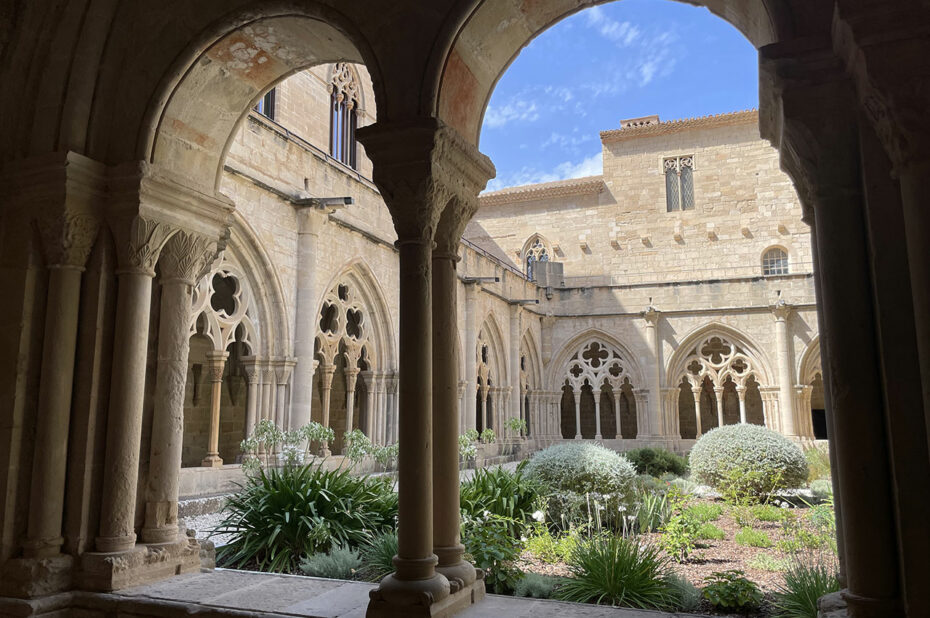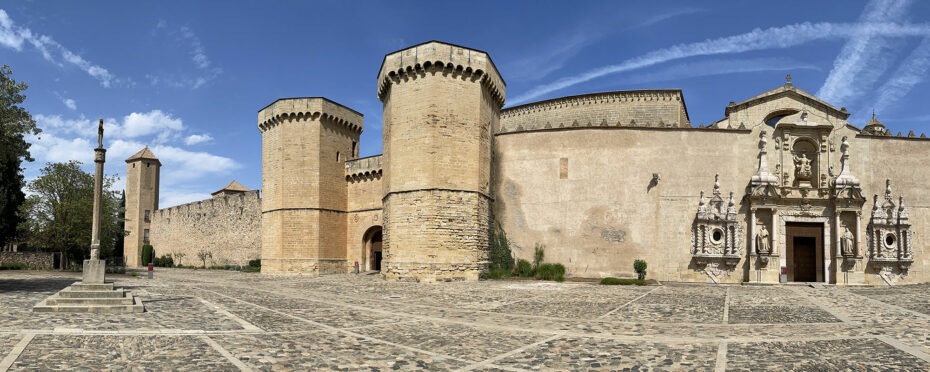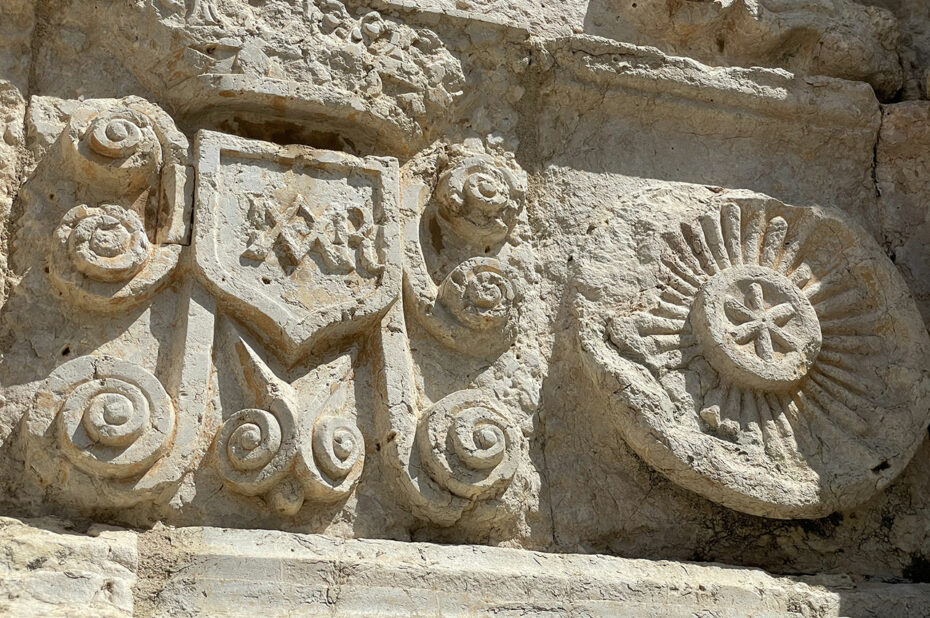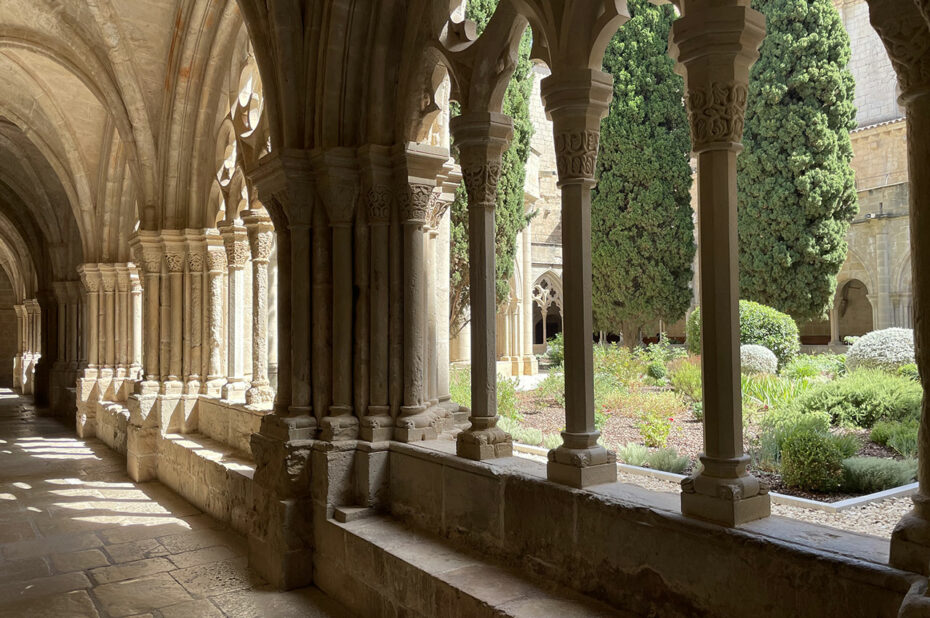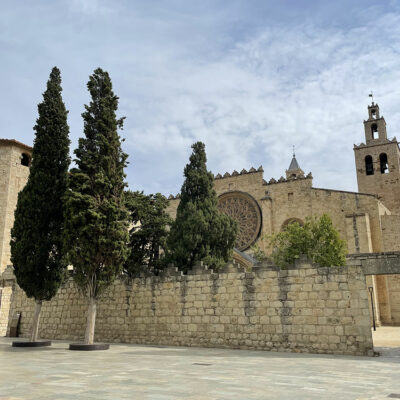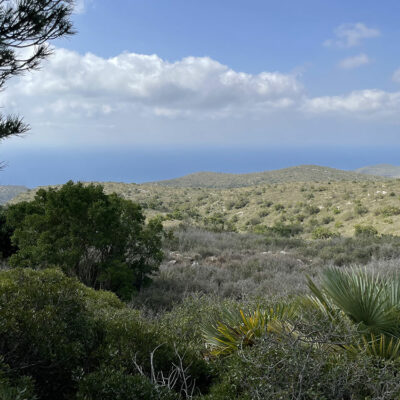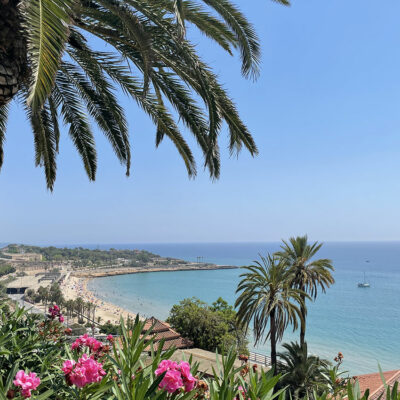
Located in southern Catalonia, the Poblet monastery is one of the largest Cistercian abbeys in the world. Built between the 12th and 15th centuries around a 13th-century church, it stands out for the grandeur of its architecture. It houses a royal residence and the pantheon of the kings and queens of Catalonia and Aragon. The tour includes the church, refectory, cloister, chapter house, bedroom, study, former cellar or the converts room and royal palace, among other rooms. Today, some 30 monks live at Poblet. The monastery was declared a UNESCO World Heritage Site in 1991.
The monastery is organized into three fortified enclosures. The first houses 16th-century buildings, while the second is centered on Plaça Major and includes the hospital, Santa Caterina chapel and treasury. The third and most intimate enclosure houses the church, the cloister and the rooms reserved for monastic life. The church is a masterpiece of Gothic architecture, with its basilica floor plan, three naves, transepts and apse. The central nave is barrel-vaulted, while the side aisles are cross-vaulted. The church also houses a Renaissance altarpiece and the royal tombs. The cloister is another remarkable feature of the monastery. It is in the flamboyant Gothic style and houses the oldest parts of the monument, dating from the 12th and 13th centuries.
The Poblet monastery has played a crucial role in the history of Catalonia. It was an important center for the region’s religious, political and economic life. The monastery’s library and scriptorium were renowned throughout Europe for their collections of rare manuscripts and works.
The Poblet monastery was visited on August 17, 2023.
Click on the picture to enlarge it and discover its caption.
